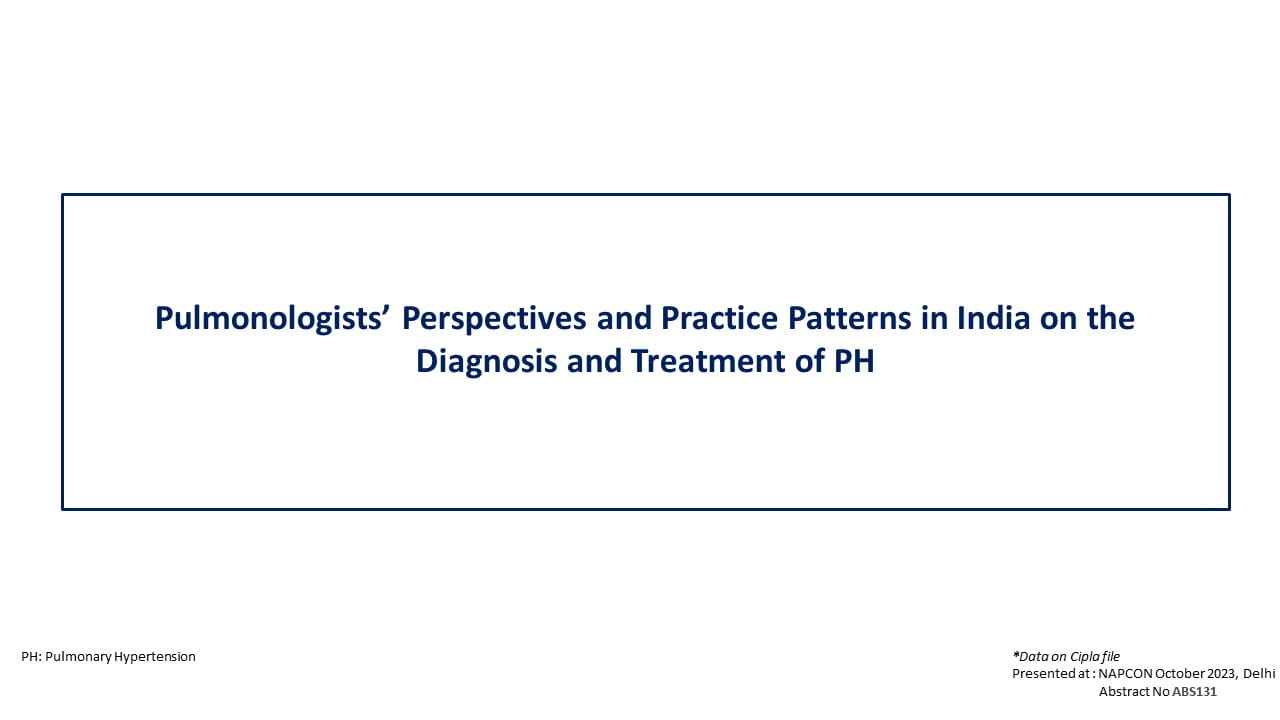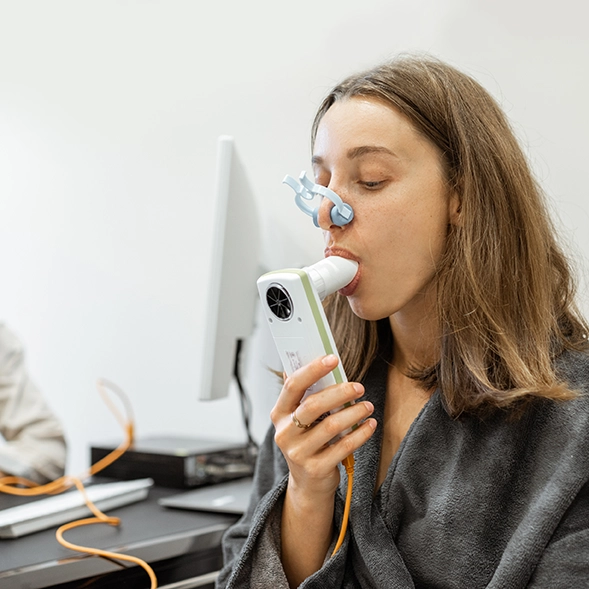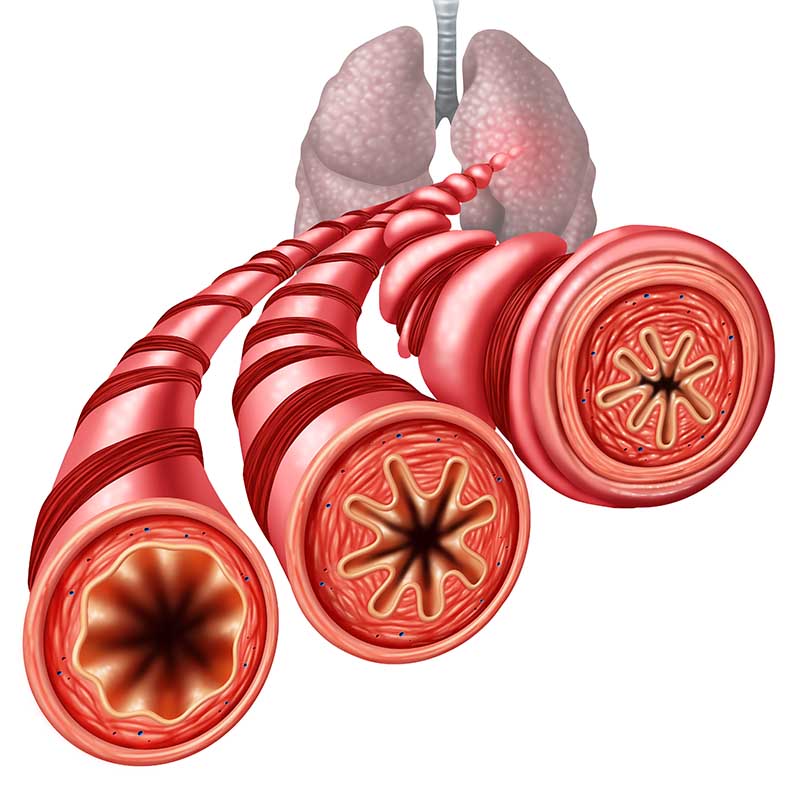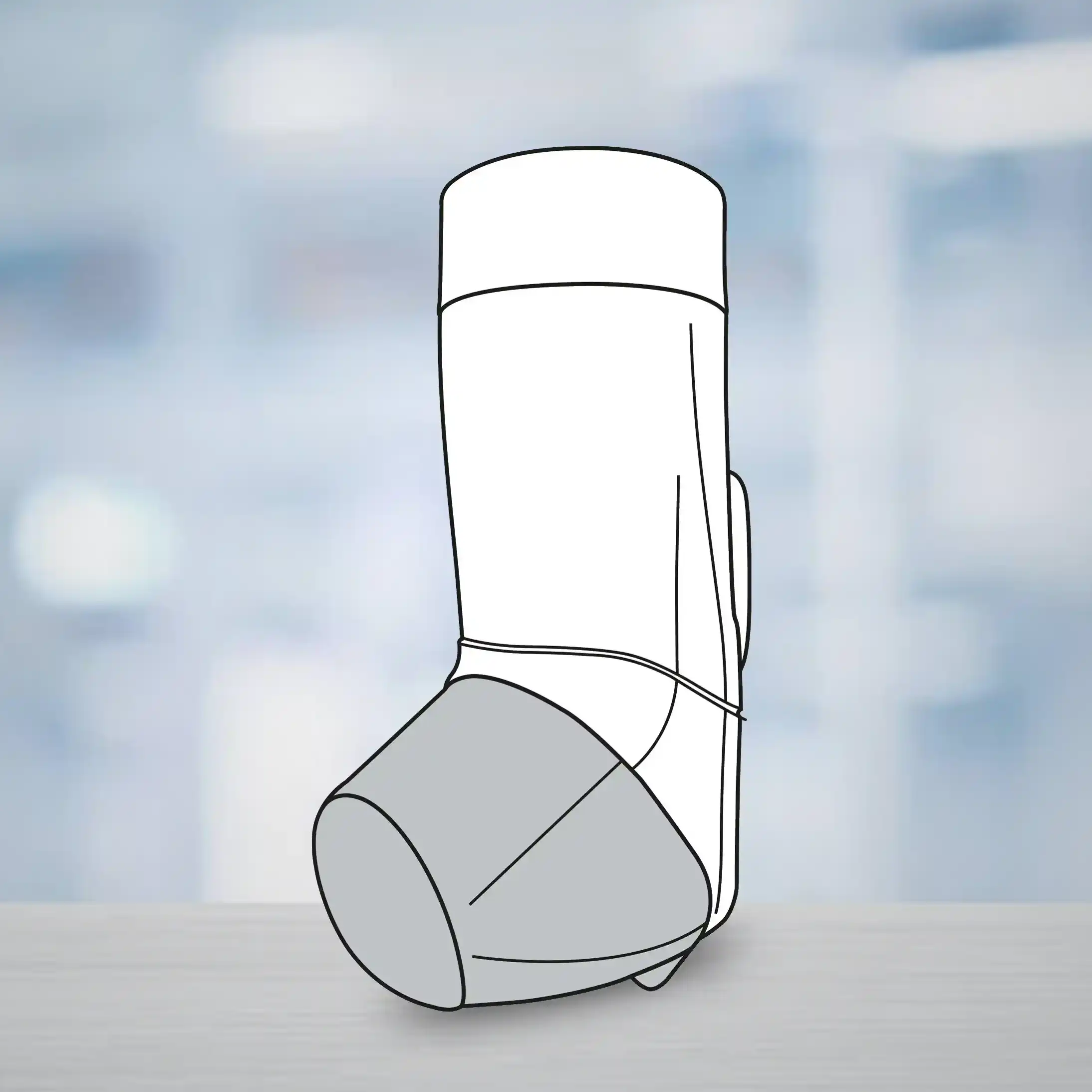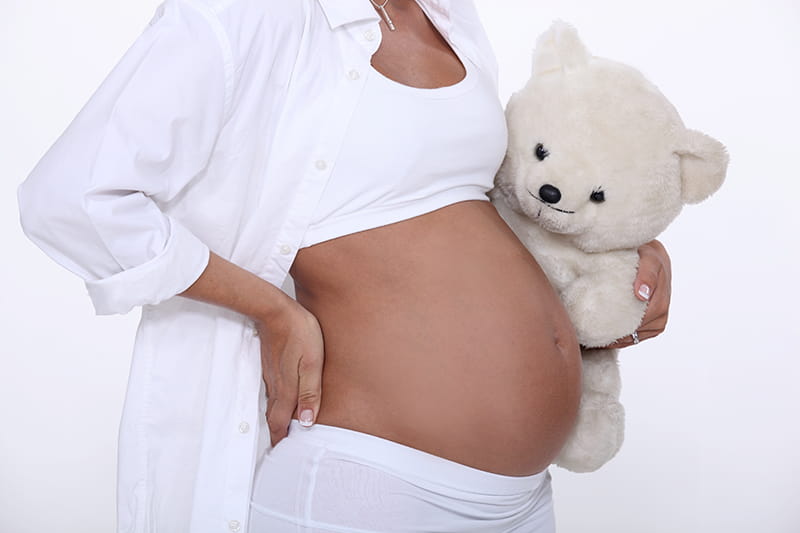Introduction
Intranasal corticosteroid sprays (INCSs) are recommended by the Allergic Rhinitis and its Impact on Asthma (ARIA) guidelines and the Japanese guideline for allergic rhinitis (AR) as a first-line therapy for treatment of moderate to severe AR, particularly if nasal congestion is the major symptom. However, there are several perceived sensory attributes which contribute to the patient’s adherence to regular use of INCSs such as scent, taste and nasal irritation. Fluticasone furoate nasal spray (FFNS) and mometasone furoate nasal spray (MFNS) are scent-free aqueous type nasal sprays with proven clinical efficacy in the treatment of AR.
Aim
This study compared and assessed the patient perceptions and preferences for specific perceived sensory attributes of FFNS and MFNS in seasonal AR patients
Method
Study Design
- Multicenter, randomized, crossover, prospective study
Patient Profile
- Adults diagnosed with seasonal AR for a minimum of 2 years
Treatment Strategy
- A total of 40 seasonal AR patients received either FFNS (2 actuations in each nostril, 110 µg/100 µl total dose) and MFNS (2 actuations in each nostril, 100 µg/200 µl total dose) for first 2 weeks
- The second drug was administered for the next 2 weeks in a crossover fashion
- Group 1 comprised subjects who were first administered with FFNS followed with MFNS
- Group 2 received MFNS followed by FFNS
- Preference and perceived sensory attributes for each product was evaluated using questionnaires at the end of each two-week period of product administration
End Points
- Japanese Rhinoconjunctivitis Quality of Life Questionnaire (JRQLQ) score
Visual Analog Scale (VAS) score
Nasal/eye symptoms
- Adverse events
Results
- Significant improvements in all 3 categories of JRQLQ were demonstrated at 2 and 4 weeks as shown in table 1.
Table 1. Mean change from baseline in JRQLQ
JRQLQ
Group 1
Group 2
Overall
2 weeks Mean change (%)
4 weeks Mean change (%)
2 weeks Mean change (%)
4 weeks Mean change (%)
2 weeks Mean change (%)
4 weeks Mean change (%)
I: Nose/eye TSS
-4.2 (42%)
-5.5 (55%)
-4.0 (43%)
-5.1 (56%)
-4.1 (43%)
-5.3 (56%)
II: QOL total score
-6.2 (37%)
-10.2 (62%)
-5.7 (42%)
-7.7 (56%)
-6.0 (39%)
-9.0 (59%)
III: Facial scale
-1.2 (46%)
-1.3 (49%)
-0.7 (37%)
-1.0 (56%)
-1.0 (42%)
-1.2 (50%)
Group 1 (FFNS/MFNS) n = 21, Group 2 (MFNS → FFNS) n = 19.
All mean changes in score were statistically significant compared to baseline (p < 0.001).
- FFNS was significantly preferred over MFNS
- Significantly, fewer subjects perceived a bitter taste (p=0.01), medication running down their throat (p=0.033), and medication running out of their nose (p=0.002) with FFNS
- FFNS induced less nasal irritation (p=0.012), sneezing (p=0.017), and rhinorrhea (p=0.007) compared to MFNS
- Mean overall score was remarkably lower than that of MFNS: p<0.0003
- Interestingly, females tended to report more discomfort for some of the sensory attributes
- FFNS had significantly lower proportion of subjects reporting medicine running out of the nose 7.5% vs 33%), induction of nasal irritation (10% vs 30%) and induction of rhinorrhea (10% vs 30%) and overall satisfaction with the medication (15% vs 37.5%)
- Overall, FFNS was associated with a higher preference (52.5% vs 22.5%)
- None of the subjects had any severe adverse event
Conclusions
- Fluticasone furoate nasal spray was superior to mometasone furoate nasal spray for several perceived sensory attributes due to less treatment running out of nose, and less induction of nasal irritation and rhinorrhea and was preferred by females.
- Patient satisfaction was comparable with either drug delivery device.
- Improved treatment adherence with FFNS may lead to better treatment outcomes in AR patients.
Auris Nasus Larynx. 2016 Jun;43(3):292-7.


